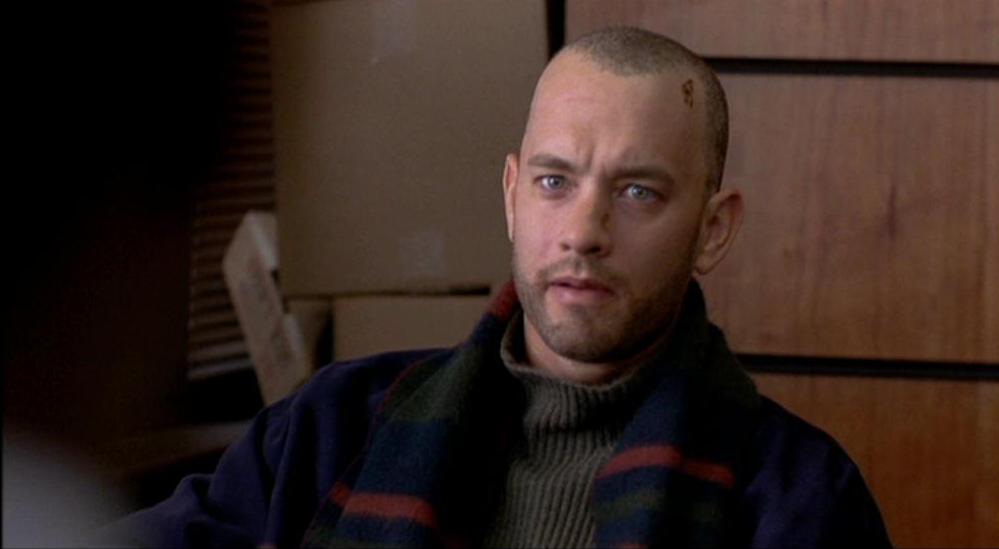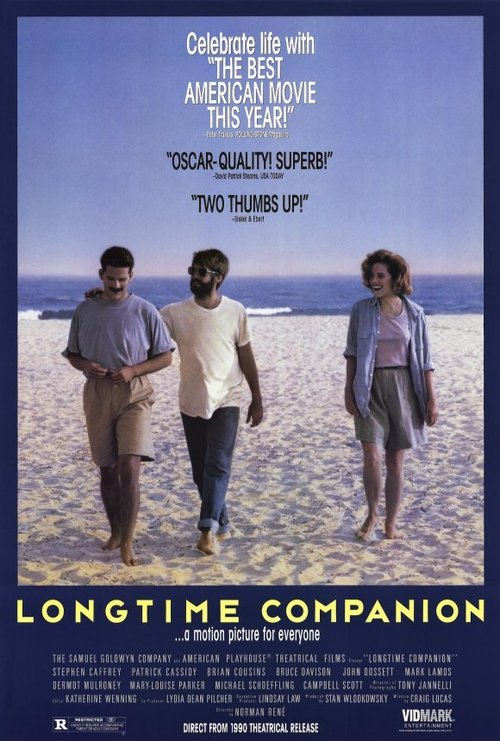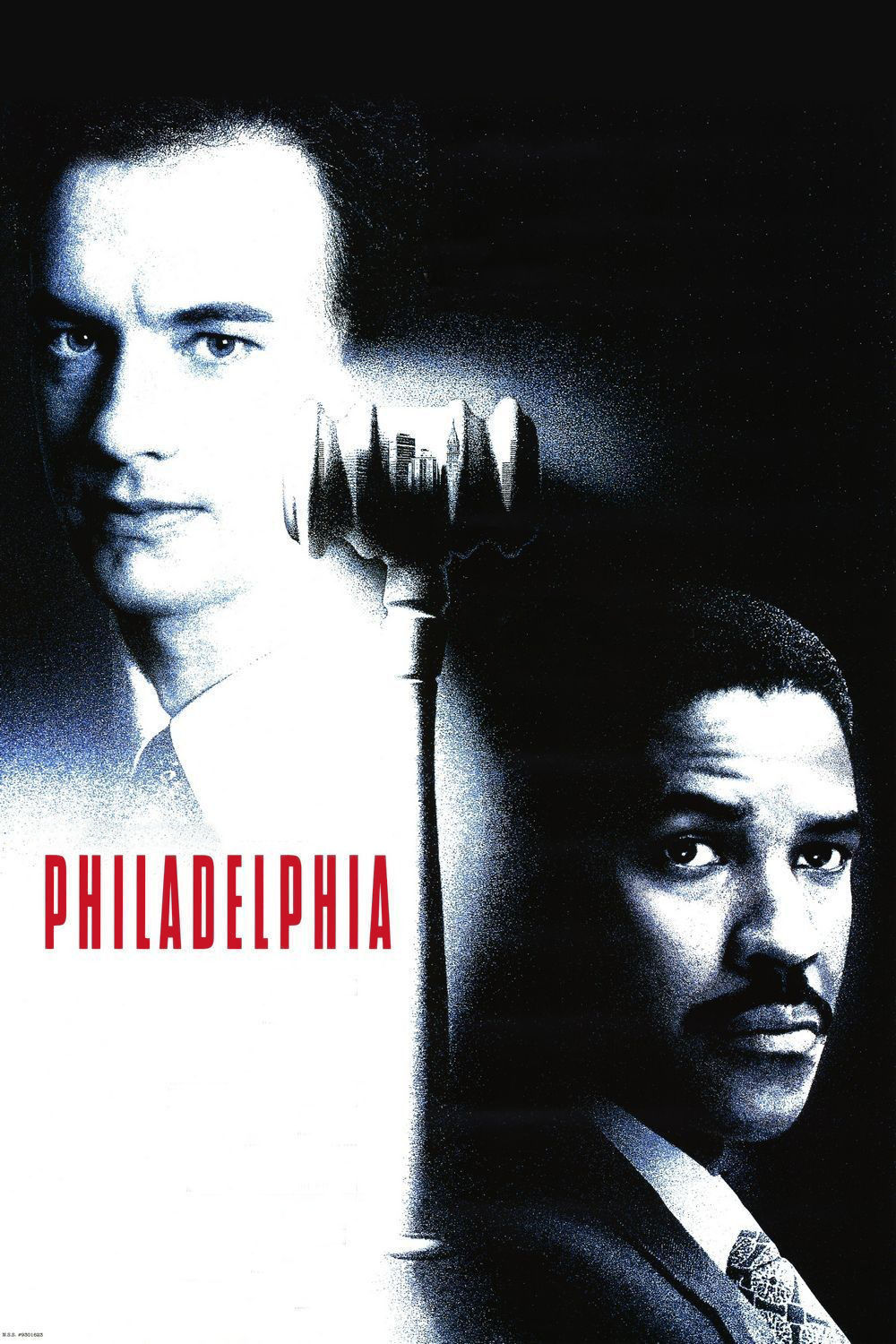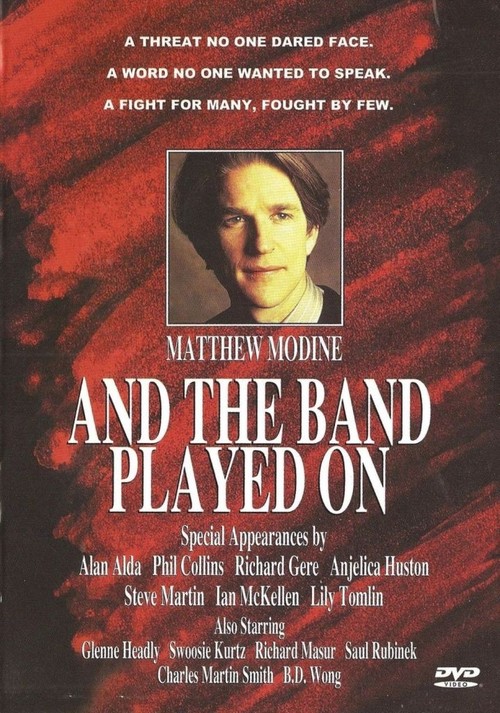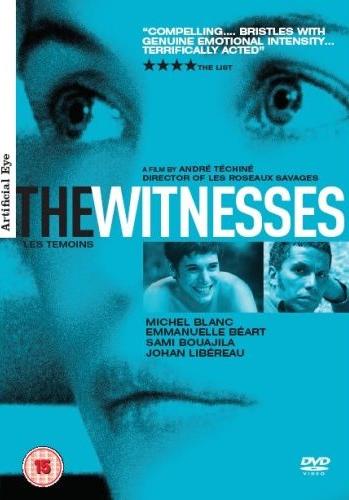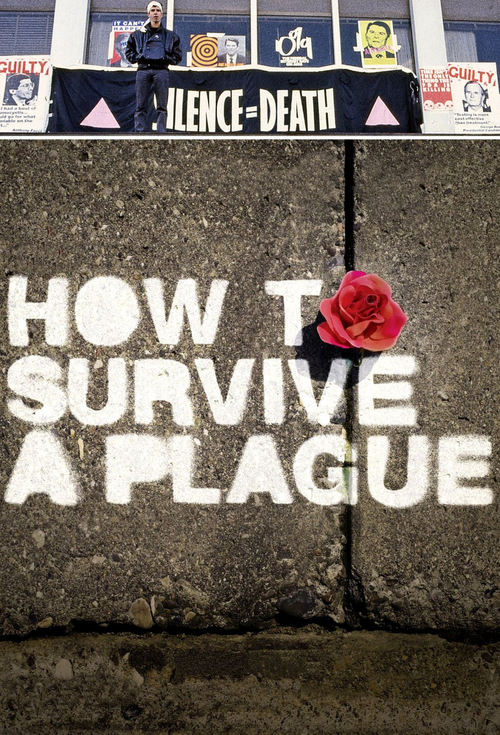In 1983, the Center for Disease Control reported 1,025 cases of AIDS. By 1985, it had claimed the lives of over 6,000 Americans. Still no word came from the White House. When Reagan finally addressed the issue in 1987, over 36,000 Americans had been diagnosed.
The Oscar-winning “Dallas Buyer’s Club” is set in the midst of this terrifying silence. It’s 1986, and heterosexual Rob Woodroof (Matthew McConaughey) gets diagnosed with AIDS, contracted due to unprotected sex. While searching for treatments unavailable in the US, he realizes he can make a buck selling those drugs to patients back in the States. The homophobic Rob begins an awkward partnership with the transgendered Rayon (Jared Leto), whom Rob initially sees as nothing more than a foot in the door to their largest customer base: gay men.
McConaughey and Leto won Lead and Supporting Oscars for their memorable performances, and joined a small cadre of distinguished actors to be nominated by the Academy for portraying men living with the disease.
The first was Bruce Davison, who received a Supporting Actor nod for his role as David in “Longtime Companion” (1989), a story about a group of friends and lovers living at the outset of the AIDS crisis in the ‘80s. While Davison was brilliant throughout, it’s the late, heart-rending scene where he says a final goodbye to his lover that earned the Academy’s attention.
Before “Buyer’s Club,” the last nomination went to Tom Hanks in “Philadelphia” (1993). Hanks won the Lead Actor Oscar, playing a lawyer fired by his firm when they discover he has the virus. That Oscar set off a remarkable two-year run for Hanks, who was only the second actor (after Spencer Tracy) to win Best Actor Oscars two years in a row (the second was “Forrest Gump,” a movie whose supposed greatness still eludes.)
While “Companion” helped begin the conversation about AIDS, Director Jonathan Demme said he made “Philadelphia” to bring the conversation to a wider audience. With an Oscar-winning song by Bruce Springsteen and over $100 million in box office receipts, they accomplished exactly that.
These performances, and the movies listed below, stand as promising examples of how film can help affect major, positive changes in our lives.
